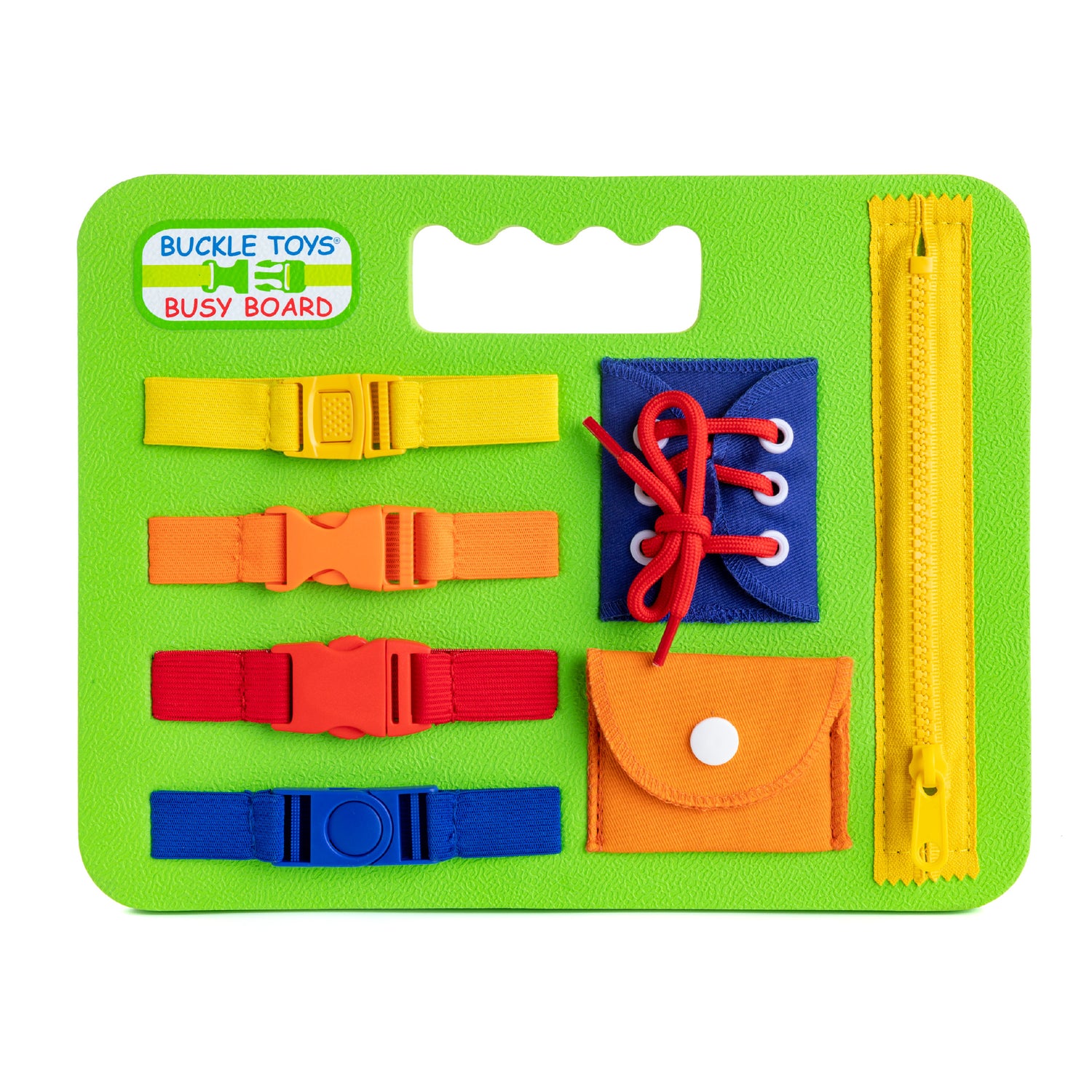What are fine motor skills and
why are they important?
According to Understood.org, “fine motor skills are the ability to make movements using the small muscles in our hands and wrists”. It is of the utmost importance that children learn to use the muscles in their tiny hands, wrists, and fingers while they are toddlers. Strong fine motor skills are necessary for developing important life skills as a child grows older, such as tying their shoes, writing, and using table utensils – Ultimately, you could say fine motor skills are the foundation for our accomplishments and successes throughout our lives.
Children develop fine motor skills at different rates, but for most, it is expected that they will hit many important milestones between the ages 12-48 months. The Therapy Center for Children says the during this period, the average toddler should begin showing that they can accomplish these tasks, such as:
- 12-18 Months
Grasping and holding small objects with their thumb and fingers
Holding a crayon with their whole hand
18-24 Months
Use a spoon for feeding
Draw and copy vertical lines
Put on/take off shoes and socks
24-36 Months
String large beads
Snip paper with scissors
Roll clay into a snake
Draw and copy horizontal lines
36-42 Months
Complete simple puzzles
Build a tower of blocks
Dressing except for buttons
Feeding with little spilling
42-48 Months
Place small pegs in small holes
String small beads
Hold a pencil with three fingers (but moves forearm and wrist to draw)
The common denominator of all these milestones is the strengthening of fine motor skills. Without developing the muscle groups in hands, fingers, and wrists of little ones, none of these milestones would be achievable.
The link between developmental disorders
and fine motor skills.
Some children have trouble developing motor skill function, a condition known as Developmental Coordination Disorder (DCD). Children with DCD often have a hard time with basic coordination skills and learning to organize and sequence. This can lead to struggles with everyday activities at home and at school, taking both a social and an emotional toll on them.
Similar to DCD, Dyspraxia is a condition where a child experiences issues with skills development, including fine motor skills. Dyspraxia is also known to affect a child’s organizational skills, speech, memory, social skills, and sensory processing. Unlike DCD, Dyspraxia is not a formally defined medical condition, but due to the common issues both have with motor skills development, there are commonalities with their treatment.
In both cases, impairment of coordination and motor skills are often treated by an occupational therapist. Occupational therapists work with DCD and Dyspraxia patients to strengthen the motor fine skills, as well as gross motor skills, so they can begin to function more normally and gain confidence. Based on the severity of the case, an occupational therapist may assign their patients motor skills development tasks such as tying shoes, buttoning or snapping, buckling, and zipping.
If you would like to better understand the steps an occupational therapist might take in evaluating your child's fine and gross motor skills, check out this video from Understood.org:
Activity toys are great therapeutic solutions.
Activity-themed toys, such as those from Buckle Toys, are designed to help toddlers develop fine motor skills and life skills. By interacting with the buckles, snaps, zippers, and other activities associated with these toys, little ones can quickly strengthen the muscles in their tiny hands and fingers while developing cognitive prowess, problem-solving capabilities, better coordination, and sensory perception.
Though designed for children, these toys are very applicable for use by occupational therapists while treating disorders such as DCD and Dyspraxia in people of all ages. Through repetitive the practice of interacting with activity-themed toys, patients can successfully improve their motor skills, life skills, and have the confidence that they will be more accepted by societal norms.
To learn more about fine motor skills, associated disorders, and effective treatments, we suggest the following resources:

